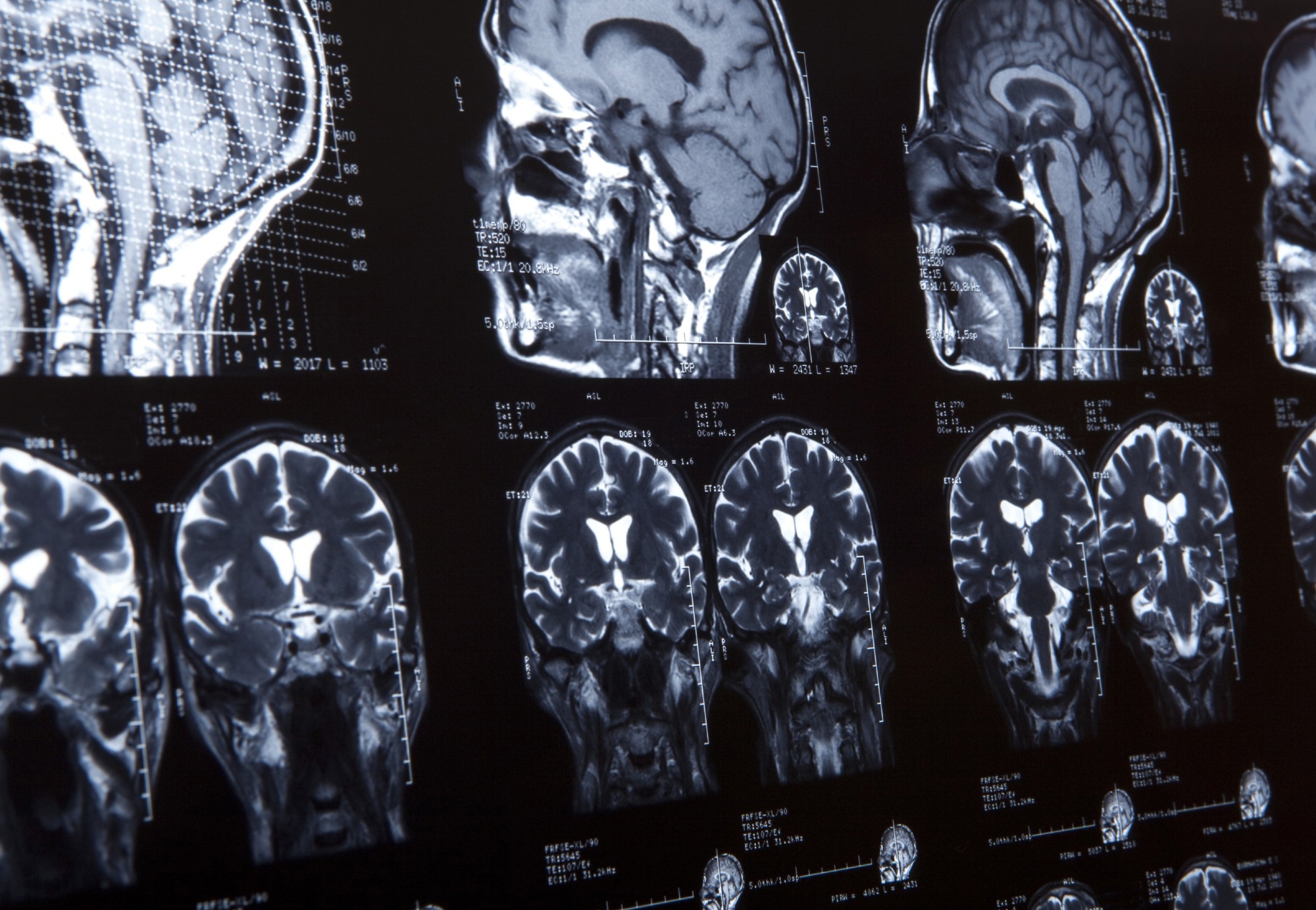At Imperial College London, a new optical fiber sensor with AI capabilities may test several traumatic brain injury biomarkers at once.

Image Credit: Imperial College London
Future diagnostic trials in humans have high potential because of the “promising” results from experiments on animal brain tissues that show it could assist clinicians in better monitoring of both disease development and patients’ response to therapy.
Traumatic brain injury (TBI), a prominent cause of death and disability worldwide that can cause long-term memory, focus, and problem-solving problems, can occur in those who sustain a serious blow to the head, such as in car accidents.
TBIs must be closely watched while receiving treatment. Due to this, intracranial probes are used in neurocritical care settings to track vital biomarkers—also known as important indications of injury progression—such as pressure and oxygen levels in the brain.
Some of these probes can only measure one biomarker at a time. Others can monitor many biomarkers but do so by inserting numerous tubes into the brain, increasing the chance of infection or further tissue damage.
The Imperial scientists, to track numerous indicators after traumatic brain injury, have now created a patient tracking system. The system combines the capability of four biomarkers monitored simultaneously with machine learning algorithms that forecast biomarker concentrations based on data acquired in real-time and historical data.
The technology could assist hospitals in more successfully monitoring TBI if it were improved and tested for use in humans.
This is a promising breakthrough. Our promising results indicate both accurate biomarker monitoring and precise predictions of injury progression which, after further development, could help clinicians monitor both patients’ brain health and response to treatment.
Dr Yubing Hu, Study Lead Author, Chemical Engineering, Imperial College London
The research is published in the journal Matter.
Testing the Device
Cerebrospinal fluid (CSF), the fluid that surrounds the brain and spinal cord, is monitored by the device, which consists of a flexible silica-based optical fiber implanted into brain tissue. Four sensing films that detect pH, temperature, dissolved oxygen, and glucose levels in the CSF concurrently and constantly are attached to the fiber’s tip.
To lessen ambient noise and increase data accuracy, the films are enclosed in a black sheath.
The amounts of these biomarkers were constantly examined by the researchers in a lamb brain while it was in various phases to test the gadget. The lamb brain, which had not sustained a TBI and was therefore in good health, was suspended in a synthetic CSF that the researchers could adjust to sporadically simulate the brain chemistry of both mild and severe TBI.
They first evaluated biomarkers in the CSF of healthy individuals before assessing them in mild, moderate, and severe TBI conditions. They re-measured in the mild TBI state to reflect the situation in which TBI patients recover following medical treatment.
Our device collects a breadth of medical data that are only currently achievable with many different sensors. The optical fiber sensor device integrated with artificial intelligence (AI) to reduce cross-talks.
Yuqian Zhang, Study First Author and PhD Candidate, Chemical Engineering, Imperial College London
Co-author Dr. Nan Jiang of Sichuan University said, “The device demonstrated high accuracy in continuously measuring each biomarker during healthy, mild TBI, and severe TBI disease states.”
Dynamic Monitoring
High sensitivity (the capacity to identify trace levels of a biomarker), selectivity (the ability to distinguish between biomarkers), stability (the ability to provide long-term tracking with minimal signal drift), biocompatibility (the ability for the sensor to communicate securely with brain tissue during long-term implantation), and robustness were among its excellent performance characteristics.
Employing readouts from a library of past observations, the machine learning algorithms were able to reliably forecast biomarker concentrations in real-time. It could also detect transitions between the various stages of TBI simulated by the scientists.
Dr. Ali Yetisen, who led the research team at the Department of Chemical Engineering, said, “Our study showed the device’s ability to dynamically monitor multiple biomarkers to assess metabolic changes in the brain. It continuously reflects the injury’s status, which could help neurosurgeons follow the disease course precisely to make evidence-based clinical decisions and treatment.”
The scientists will continue to improve the sensor by employing optical bundles to test for more biomarkers, like inflammatory chemicals and neurotransmitters. They are also working on a more advanced machine learning system to make the most of the available data and predictive algorithms.
They also state that more testing involving living animals is required to analyze a whole body’s response to the probe and to evaluate the capability of the fiber sensor in real-world applications.
The Royal Society and the Royal Society of Chemistry sponsored this study.
Journal Reference
Zhang, Y., et al. (2022) Multiplexed optical fiber sensors for dynamic brain monitoring. Matter. doi.org/10.1016/j.matt.2022.07.024.